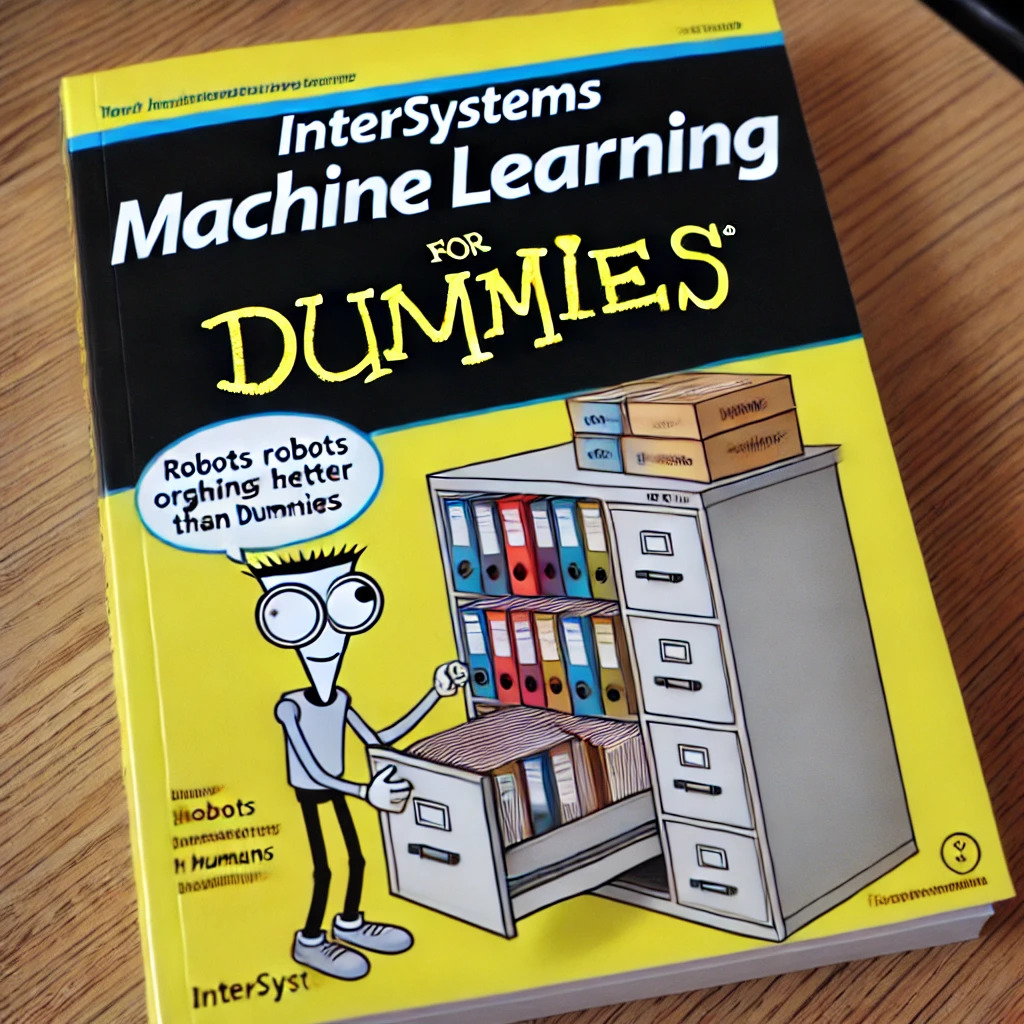I was recently asked whether we have a function to convert LDAP date time stamps into $HOROLOG format or other formats and the answer is not at the moment, but there is a simple method to do the conversion.
Let us look at the facts and figures involved...
1) Active Directory's (AD) date 0 (zero) is 1601-01-01 00:00:00.000 or January 1st, 1601 at midnight (00:00:00)
2) AD timestamps are calculated as the number of 100 nanosecond intervals from date 0
3) 864000000000 is the number of 100 nanosecond intervals per day

.png)


.png)
